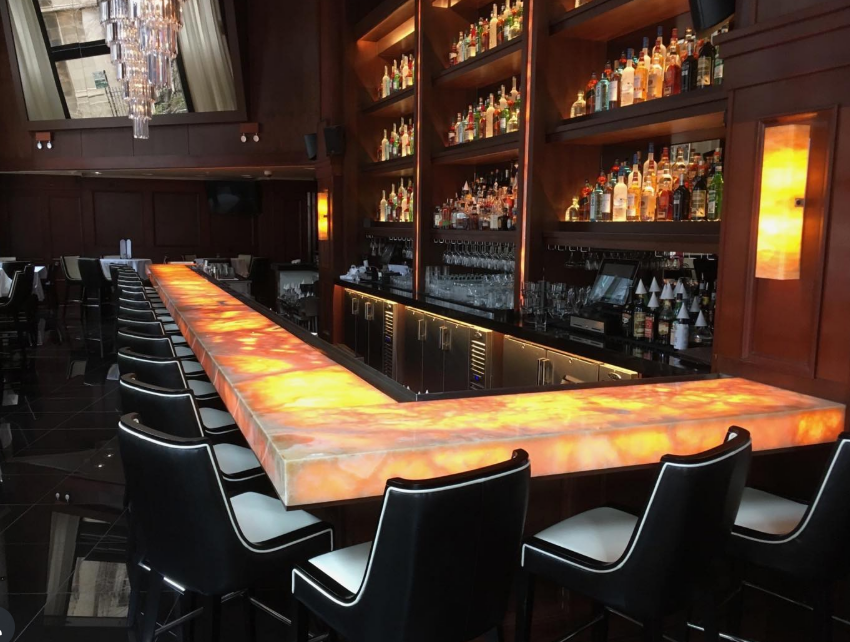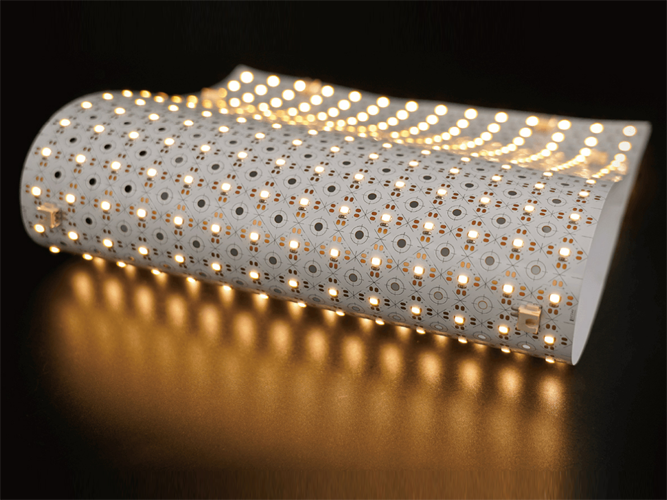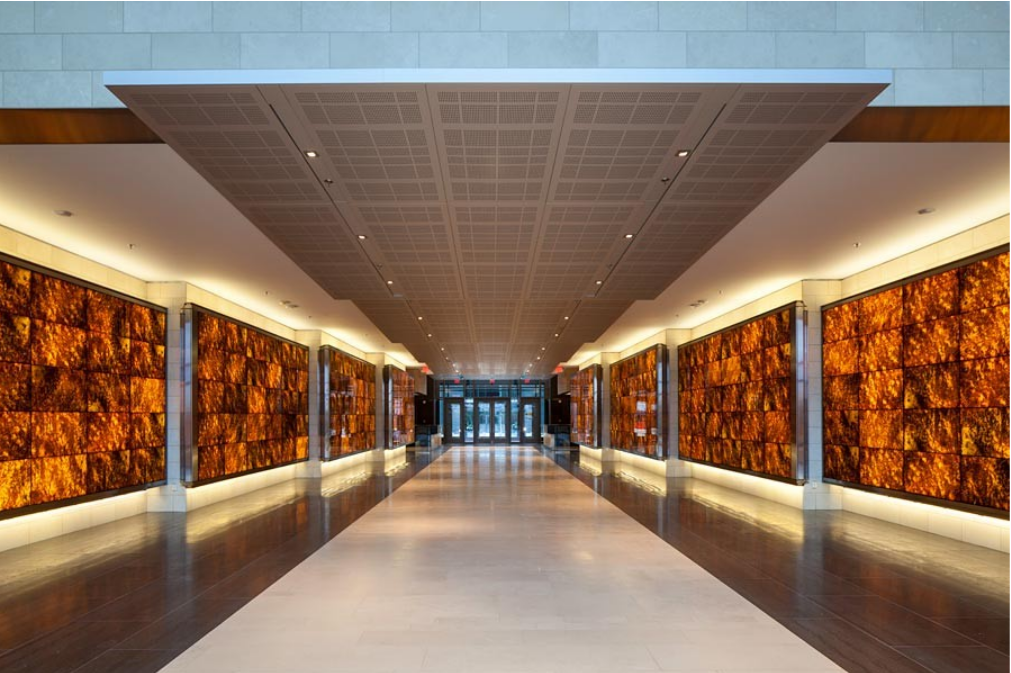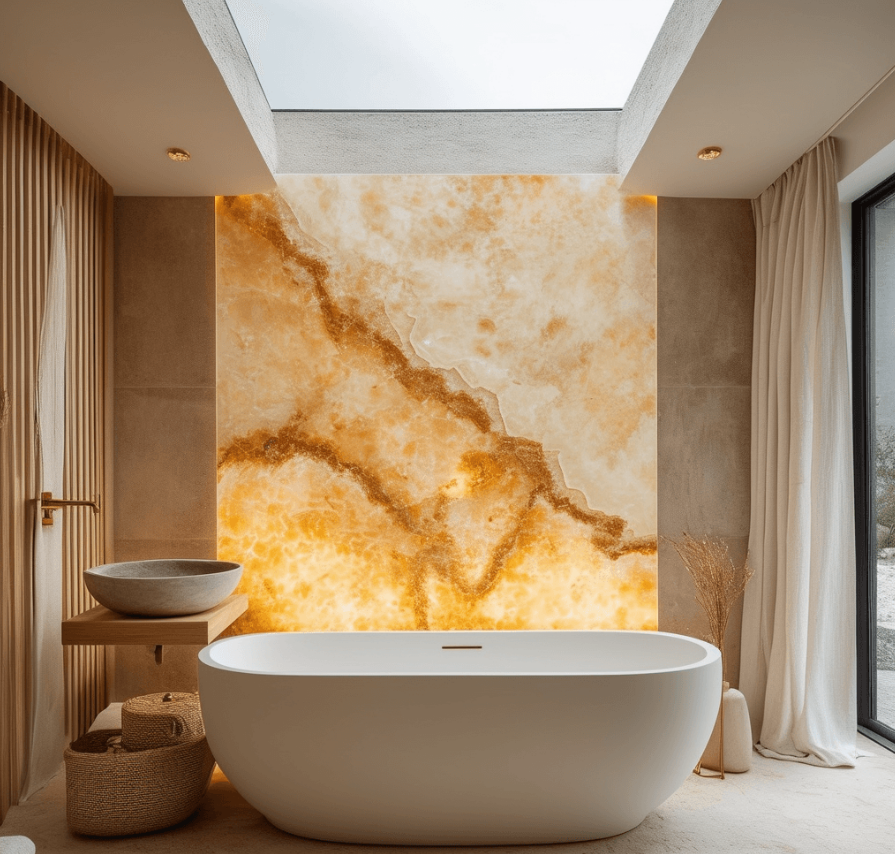When architects, designers, or signage manufacturers choose Silicone Neon Flex, one of the first questions they face is: What’s the difference between Top Bend, Side Bend, and 3D Bend?
At first glance, all neon flex products look similar—flexible strips encased in durable silicone. But in reality, the bending direction determines whether your project will succeed or fail. Choosing the wrong type can mean that a logo can’t be fabricated correctly, a curved façade looks awkward, or additional installation costs arise.
This article explains the three bending types of Silicone Neon Flex, including their definitions, applications, and advantages. By the end, you’ll know exactly which type to choose for your next project.
Why Does Silicone Neon Flex Have Different Bending Types?
The secret lies in the PCB layout and extrusion process of the silicone housing.
In a Top Bend product, the PCB is oriented so that the strip can flex up and down (vertically).
In a Side Bend product, the PCB allows the strip to flex left and right (horizontally).
In a 3D Bend product, a specially designed structure enables bending in any direction, combining both vertical and horizontal flexibility.
This means not every Neon Flex can make the same shapes. Understanding bending types is essential before you start designing signage, logos, or architectural outlines.
Top Bend Silicone Neon Flex
Definition
Top Bend Series Neon Flex Strip refers to a type of flexible LED neon strip designed for bending in the vertical direction (up and down), also known as Vertical Bend. This structure allows the strip to create curves, waves, or patterns along walls or ceilings where the bending motion is perpendicular to the mounting surface.
Applications
Building outlines with vertical turns
Letters with vertical strokes such as U, n, h
Signage that requires straight lines and vertical transitions
Advantages
Widely used and cost-effective
Easy to install for vertical edges
Provides consistent light output in common lettering shapes
Example
A retail store sign with large “U” shaped letters can be easily created with Top Bend Neon Flex because it bends smoothly in the vertical direction.
Side Bend Silicone Neon Flex
Definition
Side Bend Series Neon Flex Strip, also known as Horizontal Bend Neon Flex, is designed to allow bending from left to right along its side axis. This makes it ideal for creating curves, shapes, and outlines on vertical surfaces like walls or building facades, where the strip’s body bends horizontally relative to the mounting surface.
Applications
Round shapes and curves, such as O, S, C
Smooth logo arcs
Architectural curved facades and decorative borders
Advantages
Perfect for circular and wave-shaped designs
Smooth bending radius for signage logos
Easy to adapt for creative lighting lines
Example
If a shopping mall needs a circular logo outline, Side Bend Neon Flex is the ideal choice. Its horizontal flexibility allows clean curves without visible gaps.
3D Bend Silicone Neon Flex
Definition
3D Bending Series LED Neon Flex is a type of flexible neon strip specially engineered to allow bending in both horizontal (side bend) and vertical (top bend) directions simultaneously. This unique flexibility enables designers to create complex, three-dimensional shapes, curves, spirals, and creative installations that traditional single-axis neon flex cannot achieve.
Applications
Complex 3D logos
Creative sculptures or art installations
Large-scale architectural lighting requiring multiple curves in different directions
Advantages
Maximum design freedom
Reduces the need for multiple product types
Enables sophisticated projects that are impossible with standard neon flex
Disadvantages
Higher cost due to complex structure
More demanding production and installation process
Example
An international hotel chain wants a 3D glowing sculpture in the lobby. Only 3D Bend Neon Flex can achieve the twisting and multi-directional shapes required.
Comparison: Top Bend vs. Side Bend vs. 3D Bend
| Type | Bending Direction | Best For | Advantages | Cost |
|---|---|---|---|---|
| Top Bend | Vertical (Up/Down) | Vertical strokes, building edges | Simple, common, cost-effective | Medium |
| Side Bend | Horizontal (Left/Right) | Curves, round shapes | Smooth arcs, flexible designs | Medium |
| 3D Bend | Any direction | Complex 3D projects, sculptures | Unlimited creativity, versatile | High |
How to Choose the Right Bending Type
For Signage and Logos
Letters with vertical strokes → Top Bend
Round or curved letters → Side Bend
For Architectural Outlines
Straight building edges → Top Bend
Curved façades or arches → Side Bend
For Creative Installations
Complex sculptures or mixed-direction logos → 3D Bend
For Budget Control
Standard projects → Top or Side Bend
High-end or custom projects → 3D Bend
Frequently Asked Questions (FAQ)
Q1: Can I use Top Bend Neon Flex for curves?
Yes, but only for vertical curves. If your design has horizontal curves (like circles), Side Bend is required.
Q2: Is 3D Bend always necessary?
Not always. 3D Bend is ideal for advanced or complex designs, but for standard signage and architectural lines, Top or Side Bend is more cost-effective.
Q3: What’s the bending radius for each type?
Top Bend: usually ≥ 60 mm
Side Bend: usually ≥ 80 mm
3D Bend: varies, but typically more flexible than both
Q4: Do these types affect brightness or color?
No. The bending type only affects the direction of flexibility, not the LED performance. Brightness and color depend on the LED chips used.
Conclusion
Choosing the correct bending type of Silicone Neon Flex is crucial for signage, architectural, and creative projects.
Top Bend is best for vertical strokes and building outlines.
Side Bend is perfect for smooth arcs and round shapes.
3D Bend offers unlimited design freedom for complex installations.
By selecting the right type, you avoid design mistakes, reduce installation costs, and ensure the final effect matches your vision.
If you’re planning signage, architectural, or creative projects and are unsure which Silicone Neon Flex to choose, contact AiDiWatt Lighting today.
We provide:
Free technical consultation
Sample kits for testing
OEM/ODM customization for your project needs
👉 Get in touch with our team to discuss your project and receive a tailored solution.
1. Top Bend Series (Vertical Bend)
Top Bend Series Neon Flex Strip refers to a type of flexible LED neon strip designed for bending in the vertical direction (up and down), also known as Vertical Bend. This structure allows the strip to create curves, waves, or patterns along walls or ceilings where the bending motion is perpendicular to the mounting surface.
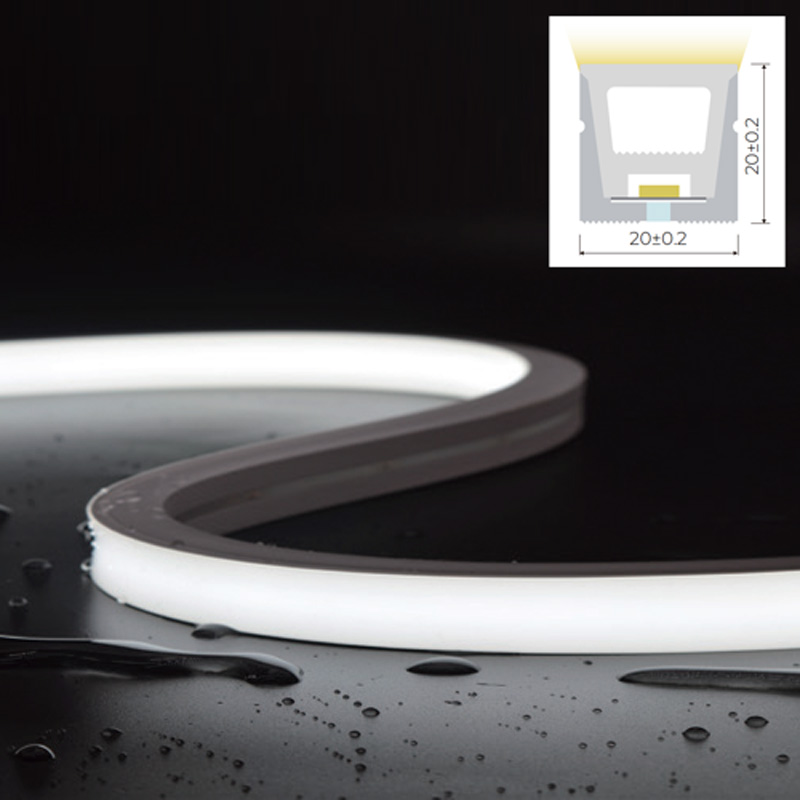
2. Side Bend Series (Horizontal Bend)
Side Bend Series Neon Flex Strip, also known as Horizontal Bend Neon Flex, is designed to allow bending from left to right along its side axis. This makes it ideal for creating curves, shapes, and outlines on vertical surfaces like walls or building facades, where the strip’s body bends horizontally relative to the mounting surface.
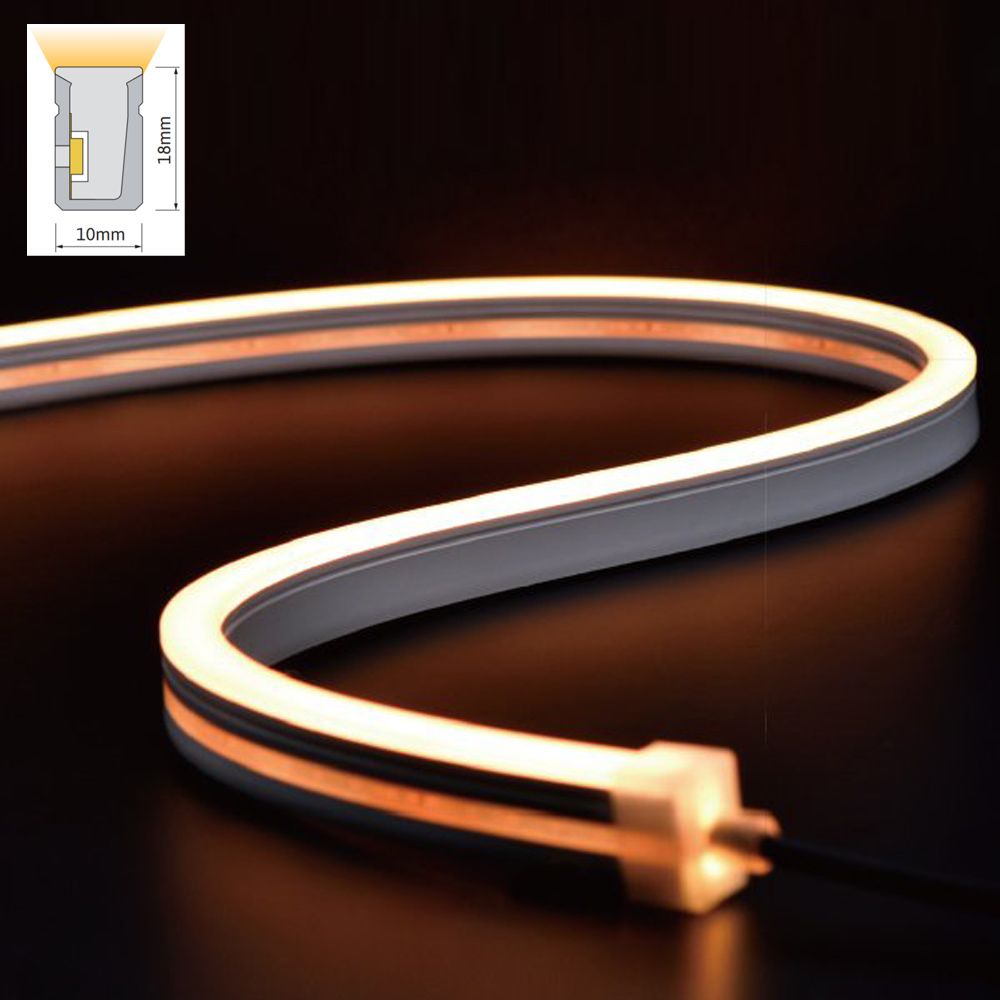
3. 3D Bending Series
3D Bending Series LED Neon Flex is a type of flexible neon strip specially engineered to allow bending in both horizontal (side bend) and vertical (top bend) directions simultaneously. This unique flexibility enables designers to create complex, three-dimensional shapes, curves, spirals, and creative installations that traditional single-axis neon flex cannot achieve.

